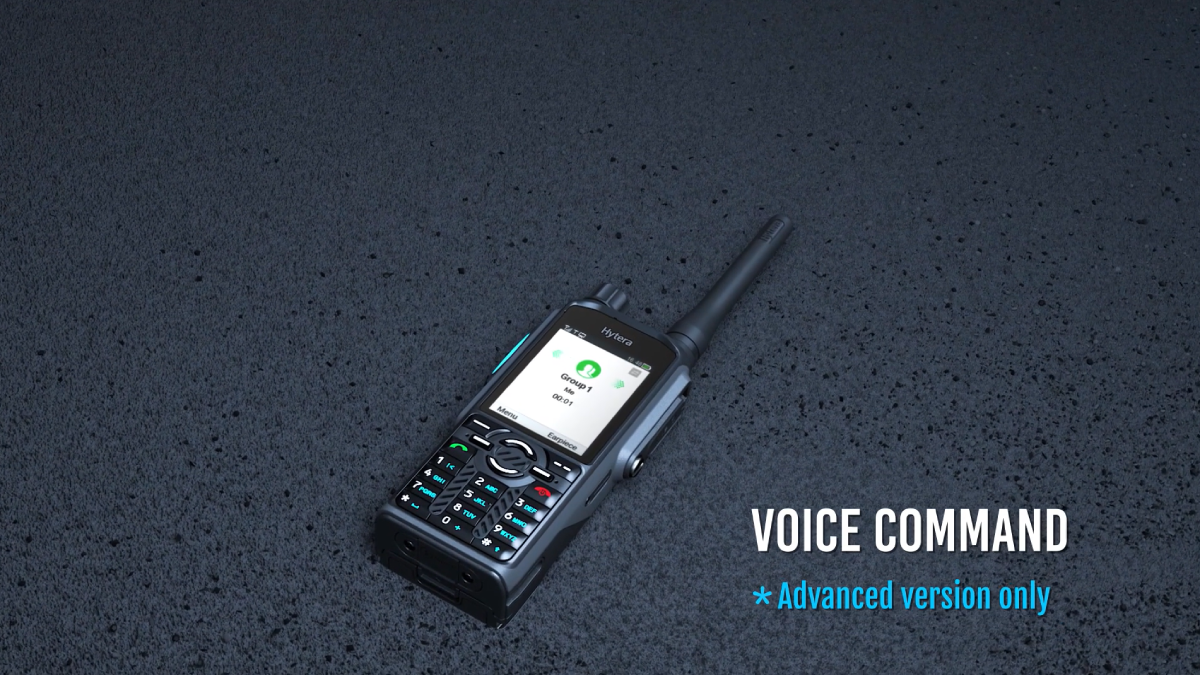From VOX to Voice Commands: The Evolution of Two-Way Radios
Two-way Radio
Two-way radios have evolved from simple push-button devices to sophisticated communication tools, thanks in part to innovations like Voice Operated Exchange (VOX) and voice commands. These features enhance user experience, convenience, and efficiency in various scenarios.
Understanding the Differences: VOX and Voice Commands
How Do Voice Commands and VOX Work?
- VOX (Voice Operated Exchange)
VOX automatically activates transmission when it detects sound above a certain threshold. This hands-free operation is ideal for situations where manual button presses are impractical or impossible, such as driving, climbing, or performing maintenance tasks.
- Voice Command
The voice command feature allows users to control the two-way radio with voice commands, such as answering calls, hanging up, or dialing. This functionality relies on advanced voice recognition technology, enabling users to initiate various operations with preset voice commands like "Hi, Radio" or "Make a call."

Scenarios Where Voice Commands and VOX Are Used
Both features are applicable in similar scenarios, but voice commands, with their multifunctional nature, are particularly suited for more efficient and urgent situations.
- Hands-Free Operation
Driving, cycling, climbing, or work that requires two hands, these features allow users to communicate without pressing buttons, ensuring seamless communication.
- Extended Conversations
In roles like patrolling, monitoring, or dispatching, these features help reduce fatigue from frequent button pressing, thereby increasing efficiency.
- Noisy Environments
In loud settings, manual button presses may be prone to errors or interference from background noise. These features help mitigate such issues, enhancing communication stability.
A Clear Comparison Between VOX and Voice Commands in Two-Way Radios
Technical Complexity
The voice command feature is technically more complex, requiring advanced voice recognition algorithms and extensive training data. In contrast, the VOX function is relatively simple, relying primarily on the intensity and duration of sound signals to determine whether to activate transmission.
Prevalence
The VOX function is more widely used in two-way radios. Due to its technical complexity, the voice command feature is less common and is currently found in few DMR and TETRA radios. Notably, the Hytera PT590 is the world's first TETRA handheld terminal to feature voice command functionality.
User Experience
The voice command feature offers a more intuitive operation, allowing users to control the two-way radio with simple voice commands without memorizing complex button combinations. While VOX enhances convenience, it may face issues with false triggers or failures to activate due to environmental noise or improper sensitivity settings.
Functionality
Voice commands offer a wider range of functions, including channel switching, volume adjustment, and emergency calls. In comparison, VOX is limited to Push-to-Talk (PTT) communication only.
Conclusion
As two-way radios continue to advance, the integration of VOX and voice command features plays a pivotal role in enhancing user experience and communication efficiency. By understanding the unique functionalities and applications of these features, users can better utilize their devices in various scenarios. Whether you prioritize hands-free operation or seek the added versatility of voice commands, these intelligent technologies are transforming the way we communicate.
Hytera is at the forefront of voice command integration in two-way radios. Explore our range of two-way radios and discover the power of seamless communication:






